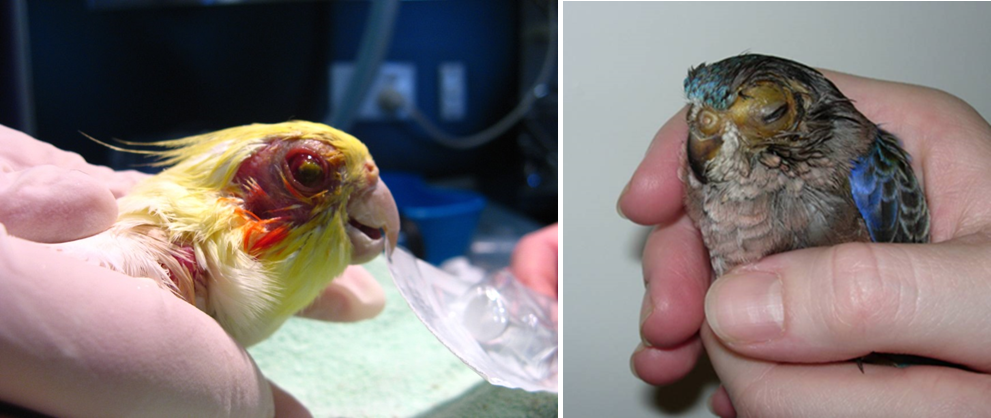Bioguard Corporation
Psittacosis (parrot fever), also known as ornithosis, is a bacterial zoonotic disease caused by the bacterium Chlamydia psittaci. It is usually spread by exposure to infected birds at home, pet stores, pigeon stalls and other locations where birds are kept or displayed. The disease was first reported in Switzerland in 1879, and then occurred successively in Britain, Europe, USA, Central and South America and other regions. The incubation period varies from 5-28 days. The clinical symptoms are nonspecific and may include fever, chills, headache, muscle aches, and cough.
Etiology
Chlamydia psittaci includes six avian (A–F) and two mammalians (WC in cattle and M56 in muskrat) serotypes with distinct host specificity, based on serotyping using monoclonal antibodies in the 1990s. Different serotypes have been isolated from different avian species like serotype A in psittacine birds, B and C in both ducks and geese, D in turkeys, E mainly in pigeons (also in other avian species), and F in parakeets and turkeys. Serotype A is often reported in human zoonotic cases.
Based on recent genotypic classification, C. psittaci has several classical genotypes with relevant host specificity. The genomic sequence encoding the outer membrane protein (ompA) is used to classify genotypes, which are employed to study isolates from infected birds and isolates in mammals. All identified genotypes are considered capable of transmission to humans.
Transmission
Infected birds may shed C psittaci in their droppings, saliva, mucus, feather dust and eye/nasal discharge. Healthy birds may then inhale the bacteria in airborne particles, such as dust from dried droppings and feathers. Birds may also ingest C psittaci from contaminated food, water, perches, and toys. Some infected birds don’t show any signof illness. However, they may become ill and shed the bacteria during times of stress (e.g., battling another infection, changing diet, or living in a crowded environment). Humans most commonly catch the disease from infected birds by breathing in the dust from shed feathers, secretions, and droppings. Less commonly, birds infect people through bites and beak-to-mouth contact.

Clinical symptoms
The incubation time for infected birds is about 3 days to several weeks up to a month. In birds, the symptoms include poor appetite, ruffled appearance, eye or nose discharge, green or yellow-green droppings, and diarrhea (loose droppings). Occasionally, birds may die from the disease. Some birds may shed the bacteria while exhibiting only mild or no symptoms. C. psittaci may affect some or all of a bird’s organ systems, most commonly the liver, spleen, respiratory tract, and digestive tract.
Diagnosis
Since psittacosis symptoms can look like an array of other diseases in birds, special tests are needed to diagnose the presence of C. psittaci. Methods to diagnose chlamydial infections include:
Antigen detection- immunohistochemistry, immunofluorescence test and ELISA
Serology- complement fixation, ELISAs, and indirect immunofluorescence test Molecular diagnosis- PCR
Treatment
Treatment is usually with oral or injectable doxycycline antibiotic. Since doxycycline only kills the Chlamydia organisms when they are active and dividing, and the lifecycle of these organisms is prolonged, with possible periods of dormancy (ceasing to be active for a period of time), drug treatment should go on continuously for the recommended period of 45 days, without interruption.

